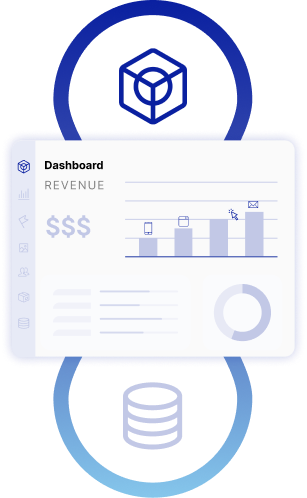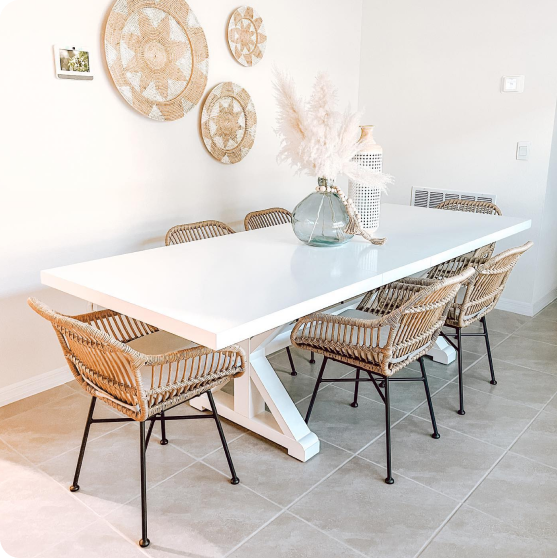The problem:
Most shoppers only buy once from a brand. As paid media costs climb and site traffic trends fluctuate, marketers need to prioritize the customers they have to predict which products they might buy next — and when and where to recommend them.
This is a constant headache for marketers. Here’s what it looks like:

Start planning your cross-functional meetings.

Venture a guess around products and offers.

How many campaigns is too many?

Get your segments in order.

Tap creative to build templates … again.
You’re left with:
 ~ 80% of shoppers only buying one time
~ 80% of shoppers only buying one time
 slow payback on acquisition costs
slow payback on acquisition costs
 low margins from heavy discounting
low margins from heavy discounting
Bluecore makes it easy to keep your shoppers coming back.
Leverage billions of data points across hundreds of brands.
Bluecore’s retail data model processes 500M products and attributes, 5B shopper identities, and 300B behaviors — all of which change and grow as powerful predictive models analyze data for best results.
With the most expansive dataset and accurate predictive models, drive your most important retail objectives, from retention and product discovery to churn prevention and margin preservation.

Never miss a revenue opportunity with built-in predictive models.
With an audience builder that enables you to use built-in predictive models in a few clicks, you can apply Bluecore’s extensive retail data and predictive models to any campaign — in seconds.
Determine the best shoppers to contact, the best content, offers, and recommendations to send each one, and the best time to reach them on the best channel for them — to quickly drive revenue.

Extend intelligence in an open and integrated platform.
Use Bluecore’s built-in models and predictive audiences in your other systems — plus bring your own models into Bluecore’s platform — for a two-way street of seamless integration.
Extend models and predictive audiences into your existing CDP, data warehouse, data lake, or into other channels — and never be limited by black-box “intelligence.”

The Bluecore result:
 23% ↑ repeat buyers
23% ↑ repeat buyers
 3x ↑ ecommerce revenue
3x ↑ ecommerce revenue
 21% ↑ AOV
21% ↑ AOV
Retailers that are bringing this to life.
Start driving repeat purchases — fast.
Talk to us






